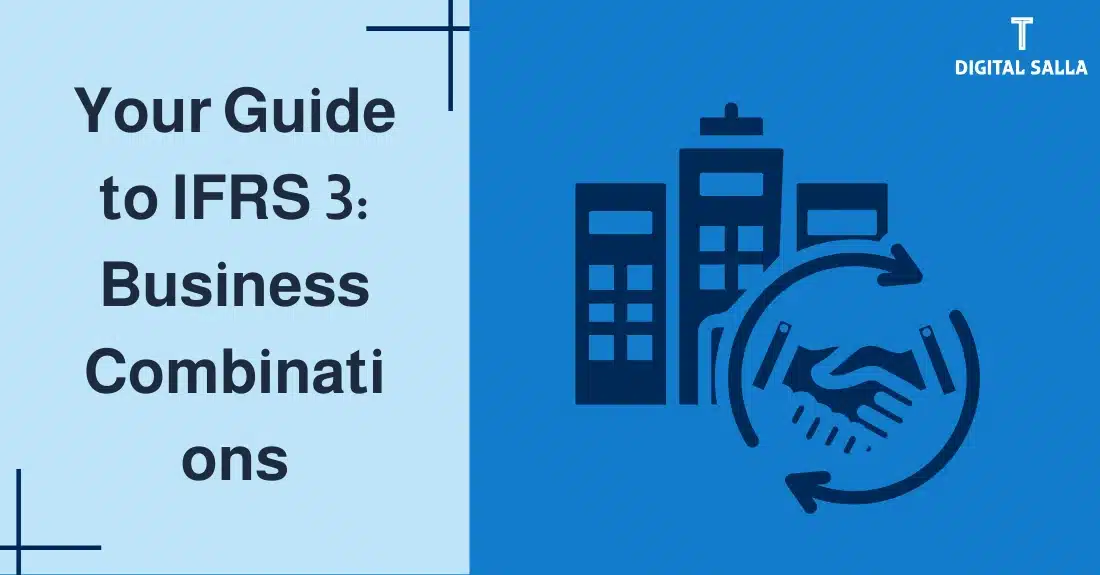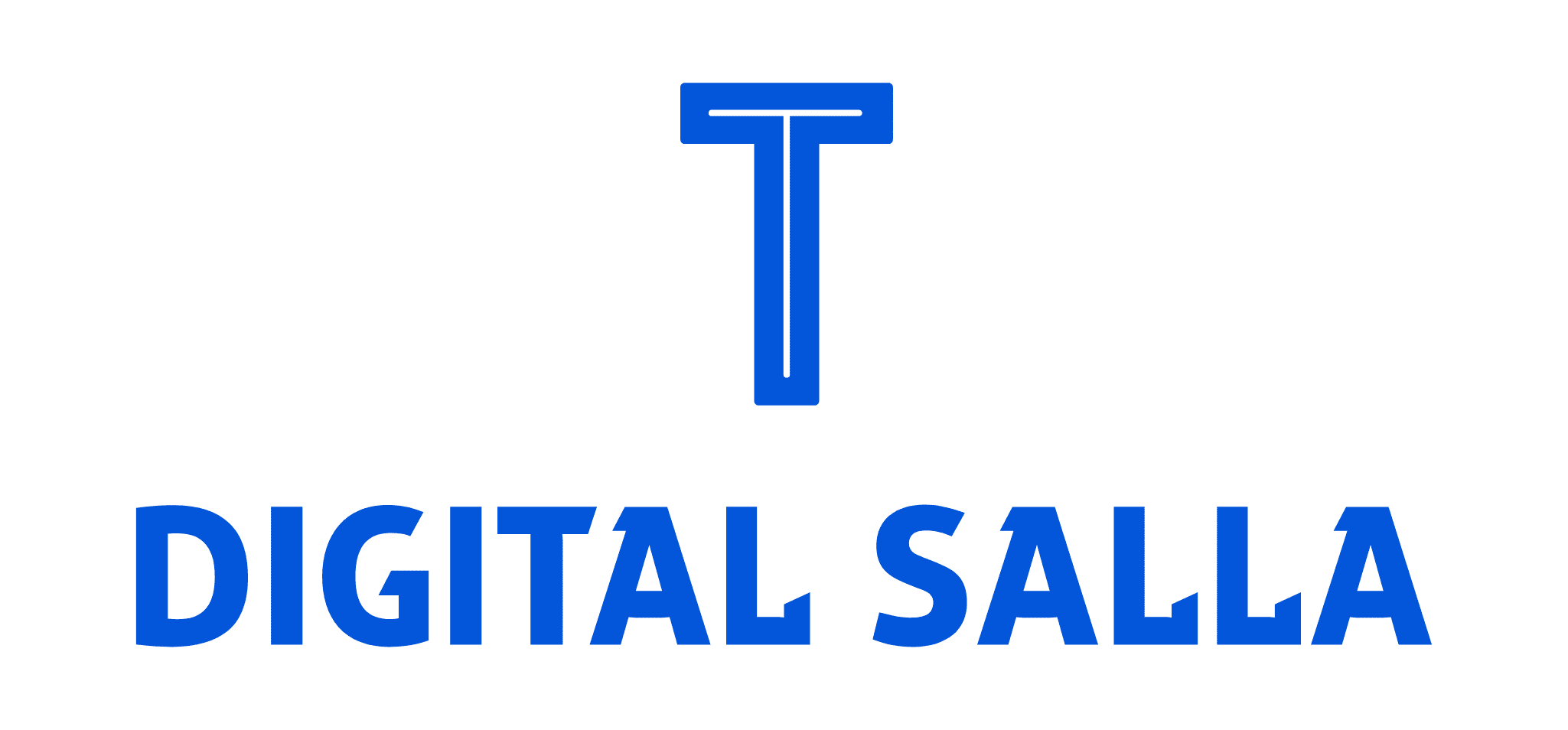Your Guide to IFRS 3 Standard: Business Combinations

IFRS 3 Standard, “Business Combinations,” is one of the most important International Financial Reporting Standards (IFRS) that addresses how companies should account for business combinations, such as acquiring or merging with another company. IFRS 3 Standard provides a comprehensive framework for identifying the acquirer, measuring the cost of the business combination, allocating that cost to the acquired assets and liabilities, and recognizing goodwill or any gain from a bargain purchase. In this article, we will provide your guide to IFRS 3 Standard, discuss its objectives, scope, and key requirements, as well as explain the acquisition method and how to apply it, highlighting the importance of this standard and its impact on the financial statements.
What is a Business Combination?
A business combination is a transaction or other event in which an acquirer obtains control of one or more businesses. Business combinations can take various forms, such as:
- Acquisition: When one entity (the acquirer) obtains control of another entity (the acquiree).
- Merger: When two or more entities combine to form a new entity.
Objectives of IFRS 3 STANDARD Business Combinations:
- Improve the Relevance, Reliability, and Comparability of Information: IFRS 3 STANDARD aims to improve the quality of information that an entity provides about a business combination and its effects on the financial statements.
- Determine How to Recognize and Measure Acquired Assets and Liabilities: IFRS 3 STANDARD specifies how to measure the acquired assets and assumed liabilities in a business combination.
- Recognize Goodwill or Gain from a Bargain Purchase: IFRS 3 STANDARD addresses how to recognize and measure goodwill arising from a business combination, or any gain that may arise from a bargain purchase.
- Provide Useful Information to Users of Financial Statements: IFRS 3 STANDARD aims to provide information that enables users of financial statements to evaluate the nature and financial effects of a business combination.
Scope of IFRS 3 STANDARD Business Combinations:
IFRS 3 STANDARD applies to all business combinations, except for:
- The formation of a joint venture.
- The combination of entities or businesses under common control.
- The acquisition of a group of assets that does not constitute a business.
The Acquisition Method:
IFRS 3 STANDARD requires the use of the acquisition method to account for all business combinations. This method involves the following steps:
- Identifying the Acquirer: The acquirer is the entity that obtains control of the acquiree. Usually, the acquirer is the entity that transfers cash or other assets or incurs liabilities.
- Determining the Acquisition Date: This is the date on which the acquirer obtains control of the acquiree.
- Measuring the Cost of the Business Combination: The cost of a business combination consists of the sum of:
- The fair value of the assets given up at the acquisition date.
- The fair value of the liabilities incurred at the acquisition date.
- The fair value of the equity instruments issued by the acquirer at the acquisition date.
- The fair value of any contingent consideration.
- Allocating the Cost of the Business Combination to the Acquired Assets and Liabilities: The acquirer must allocate the cost of the business combination to the acquired assets and liabilities by measuring them at fair value at the acquisition date.
- Recognizing Goodwill or a Gain from a Bargain Purchase:
- Goodwill: Represents the excess of the cost of the business combination over the net fair value of the acquired assets and liabilities. Goodwill is recognized as an intangible asset.
- Gain from a Bargain Purchase: Represents the excess of the net fair value of the acquired assets and liabilities over the cost of the business combination. This gain is recognized as revenue in the Income Statement.
Measurement of Acquired Assets and Liabilities:
The acquirer must measure the acquired assets and liabilities at fair value at the acquisition date. Fair value is the price that would be received to sell an asset or paid to transfer a liability in an orderly transaction between market participants at the measurement date.
Exceptions to the Fair Value Measurement Principle:
IFRS 3 STANDARD provides some exceptions to the fair value measurement principle, such as:
- Deferred Tax Assets and Liabilities: These are measured according to IAS 12.
- Employee Benefits: These are measured according to IAS 19.
- Indemnification Assets: These are measured according to IFRS 2.
Recognition of Goodwill and Impairment Testing:
- Recognition of Goodwill: Goodwill is recognized as an intangible asset on the acquirer’s Statement of Financial Position (Balance Sheet).
- Impairment Testing: Goodwill is not amortized but must be tested for impairment at least annually, or more frequently if there are indications of impairment.
- Recognition of Impairment Losses: If the recoverable amount of goodwill is less than its carrying amount, an impairment loss must be recognized in the Income Statement.
Disclosures Required by IFRS 3 STANDARD:
IFRS 3 STANDARD requires companies to provide comprehensive disclosures about business combinations, including:
- The name and description of the acquiree.
- The acquisition date.
- The percentage of voting equity interests acquired.
- The primary reasons for the business combination and how the acquirer was identified.
- The fair value of the consideration paid.
- The fair value of each major class of acquired assets and liabilities.
- Information about receivables and payables.
- Information about intangible assets.
- Information about goodwill or a gain from a bargain purchase.
- The accounting policies used in accounting for the business combination.
Importance of IFRS 3 STANDARD Business Combinations:
IFRS 3 STANDARD is one of the most important International Financial Reporting Standards (IFRS), as it provides a comprehensive accounting framework for business combinations. Applying this standard helps companies:
- Prepare More Accurate and Transparent Financial Statements: IFRS 3 STANDARD ensures that financial statements reflect the fair value of acquired assets and liabilities in a business combination.
- Improve the Quality of Financial Information: IFRS 3 STANDARD provides more useful information to users of financial statements, helping them evaluate the impact of business combinations on the entity’s financial performance.
- Enhance Comparability: IFRS 3 STANDARD helps improve the comparability of financial statements of companies that engage in business combinations.
- Comply with International Standards: Applying IFRS 3 STANDARD ensures that companies comply with International Financial Reporting Standards (IFRS).
Challenges in Applying IFRS 3 STANDARD:
- Determining Fair Value: It can be difficult to determine the fair value of some acquired assets and liabilities, especially intangible assets.
- Complexity of the Standard: IFRS 3 STANDARD is a relatively complex standard, and understanding and applying it may require specialized accounting expertise.
- Judgment: Applying IFRS 3 STANDARD requires the use of judgment in some cases, such as determining the acquisition date and allocating the cost of the business combination.
Practical Example of Applying IFRS 3 STANDARD:
Scenario: Company “A” (the acquirer) purchased 100% of the shares of Company “B” (the acquiree) for 1,000,000 Riyals in cash on January 1, 2024. The fair value of Company “B’s” net assets at that date was 800,000 Riyals.
Steps According to IFRS 3 STANDARD:
- Identify the Acquirer: Company “A” is the acquirer.
- Determine the Acquisition Date: January 1, 2024.
- Measure the Cost of the Business Combination: 1,000,000 Riyals (the amount paid in cash).
- Allocate the Cost of the Business Combination: The cost of the business combination is allocated to the acquired assets and liabilities according to their fair values. In this case, we will assume that the fair value of Company “B’s” net assets equals 800,000 Riyals.
- Recognize Goodwill: Goodwill = Cost of the business combination – Net fair value of acquired assets and liabilities = 1,000,000 – 800,000 = 200,000 Riyals.
Journal Entry in Company “A’s” Books:
- 800,000 Riyals Dr. Acquired Assets and Liabilities (according to their details) (Debit)
- 200,000 Riyals Dr. Goodwill (Debit)
- 1,000,000 Riyals Cr. Cash (Credit)
Note: Company “A” will then perform an impairment test of goodwill at least annually.
Conclusion:
IFRS 3 STANDARD provides comprehensive guidance on how to account for business combinations in a way that enhances the transparency and reliability of financial statements. Companies that engage in mergers and acquisitions must apply the requirements of this standard to ensure the proper recognition and measurement of acquired assets and liabilities, and the correct recognition of goodwill or a gain from a bargain purchase.
Understanding IFRS 3 STANDARD is essential for accountants, auditors, investors, and anyone involved in business combinations or seeking to understand their impact on financial statements. Applying International Financial Reporting Standards (IFRS) in general, and IFRS 3 STANDARD in particular, contributes to standardizing accounting practices worldwide, which enhances the efficiency of capital markets and facilitates the process of making investment decisions.
